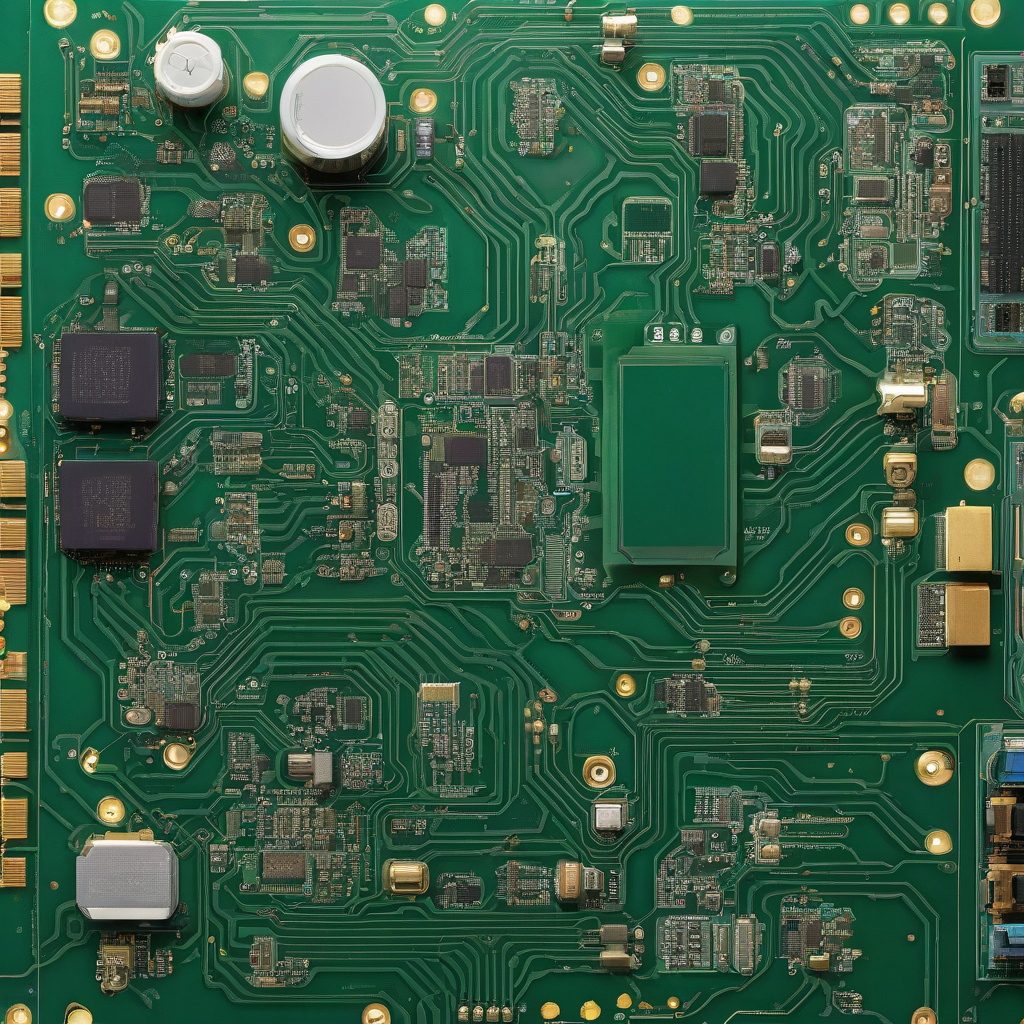New Recyclable, Self-Healing Circuit Board Could Solve World’s E-Waste Crisis
Researchers from Virginia Tech have developed a new type of recyclable circuit board material that could potentially revolutionize the electronics industry and help combat the growing problem of electronic waste. E-waste, which includes discarded electronic devices such as smartphones, laptops, and televisions, is a major environmental concern due to the toxic chemicals and heavy metals it contains. Traditional circuit boards are made from non-biodegradable materials that are difficult to recycle, leading to pollution and resource wastage. However, the innovative new material created by the team at Virginia Tech offers a sustainable solution to this pressing issue.
The key feature of this new circuit board material is its self-healing capability, which allows it to repair any damage or wear over time. This not only extends the lifespan of electronic devices but also reduces the need for frequent replacements, ultimately decreasing the amount of e-waste generated. The self-healing mechanism works by using a special type of polymer that has the ability to bond together when damaged, restoring the circuit board to its original functionality. As a result, electronic devices built with this material will have a significantly longer operational life, leading to a reduction in overall e-waste production.
In addition to its self-healing properties, the new recyclable circuit board material is also environmentally friendly. Unlike traditional circuit boards that are made from non-renewable resources such as fiberglass and epoxy resins, this innovative material is derived from sustainable sources. The researchers at Virginia Tech have developed a manufacturing process that utilizes plant-based polymers and other biodegradable components, making the circuit boards fully recyclable at the end of their life cycle. This closed-loop system not only reduces the environmental impact of electronic waste but also promotes a more sustainable approach to electronics manufacturing.
Furthermore, the recyclable circuit board material offers performance benefits that rival traditional materials. Despite being derived from renewable sources, the new material exhibits excellent thermal and electrical conductivity, making it suitable for a wide range of electronic applications. Whether used in smartphones, computers, or other electronic devices, this innovative material provides the same level of performance and reliability as conventional circuit board materials. As a result, manufacturers can integrate this sustainable solution into their products without compromising on quality or functionality.
The development of this new recyclable, self-healing circuit board material marks a significant step forward in the fight against e-waste. By addressing the environmental impact of electronic devices at the material level, researchers are paving the way for a more sustainable electronics industry. As consumer demand for eco-friendly products continues to rise, innovations like this will play a crucial role in shaping the future of technology. With the potential to reduce e-waste, conserve resources, and minimize pollution, this breakthrough promises a cleaner and greener approach to electronics manufacturing.
In conclusion, the new recyclable, self-healing circuit board material developed by researchers at Virginia Tech offers a compelling solution to the world’s e-waste crisis. By combining self-healing capabilities, sustainability, and performance, this innovative material has the potential to revolutionize the electronics industry and set a new standard for environmental responsibility. As we strive towards a more sustainable future, initiatives like this provide hope for a world where technology and environmental conservation can coexist harmoniously.
recyclable, self-healing circuit board, e-waste crisis, sustainable electronics, Virginia Tech, environmental innovation












